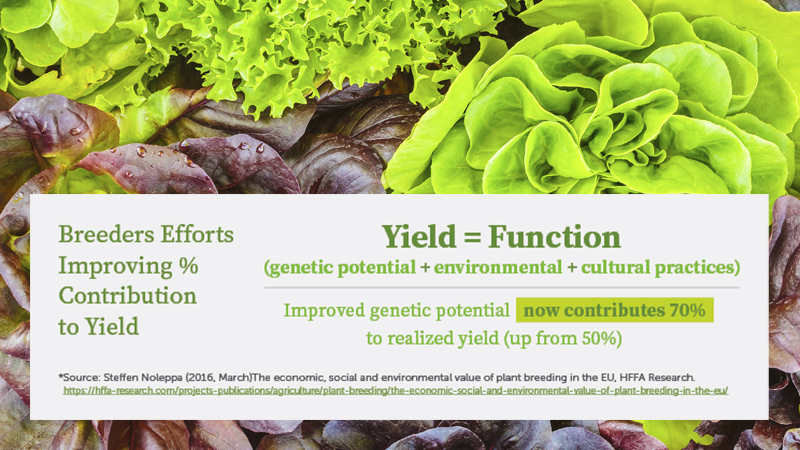Continue To Provide Healthy Choices For Kids [opinion]

Rosemary Gordon
We’ve all heard the stories about school lunch programs and wasted food because children don’t always like what’s put on their trays. As a result, it simply makes sense that when trying to get kids to choose healthy food items and increase consumption of fruits and vegetables, they need to be provided with choices.
Validating that point, last month USDA Agriculture Secretary Tom Vilsack said a new report highlights that the Farm to School Grant Program has helped 12,300 schools improve meal options for 6.9 million students using local ingredients.
“Farm to school partnerships have a proven track record of encouraging kids to eat more healthy foods and creating new market opportunities for the farmers that grow them,” Vilsack said.
As Congress begins its review of child nutrition programs — which includes programs to increase the consumption of fresh fruits and vegetables — we must continue to bolster these efforts.
Much progress has been made in school nutrition programs in recent years. For example, did you know that through the Let’s Move Salad Bars to Schools program, United Fresh Produce Association and its partners have donated salad bars to more than 4,000 schools across the country? In addition, were you aware that the Fresh Fruit and Vegetable Program benefits more than 4 million low-income elementary students every day?
“Schools serving a variety of great-tasting fresh fruits and vegetables — often providing kids with choices in a fruit and veggie/salad bar — have been highly successful in meeting the modest requirement of including at least one-half cup of a fruit and vegetable in a school lunch,” said Tom Stenzel, president and CEO of United Fresh.
Currently, though, Stenzel said fruits and vegetables are coming under fire due to pressure from other commodity groups, and some members of Congress are considering rolling back some of the gains that have been made. We know the work being done by our industry to promote fruits and vegetables in schools needs to continue.
At the end of September, some of you headed to Capitol Hill and were a part of the United Fresh Washington Conference. While you were there, you spoke to your representatives in Congress about the importance of keeping a half-cup of fruits or vegetables in school lunches and keeping the Fresh Fruit and Vegetable Program “fresh.”
For those of you who were unable to attend the conference, you can still do your part. Contact your representative. Discuss the importance of these nutrition programs in schools. In essence, this is the only option to put kids on a path toward a healthy lifestyle










